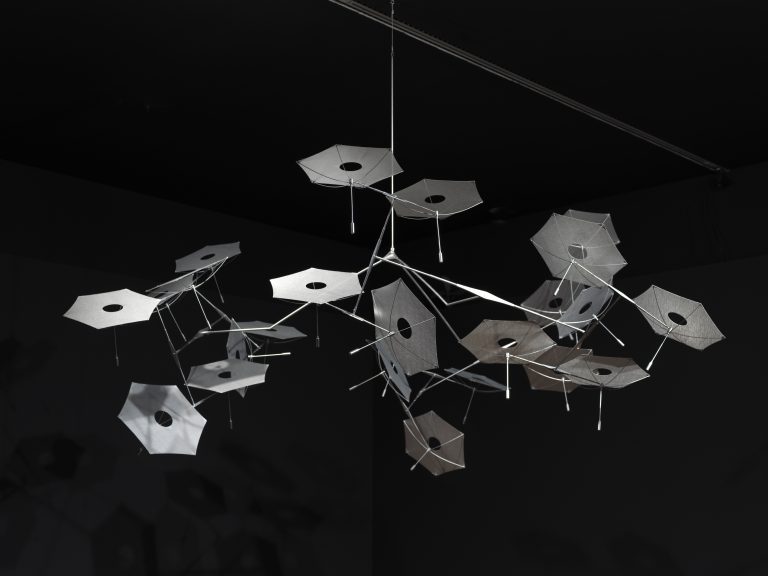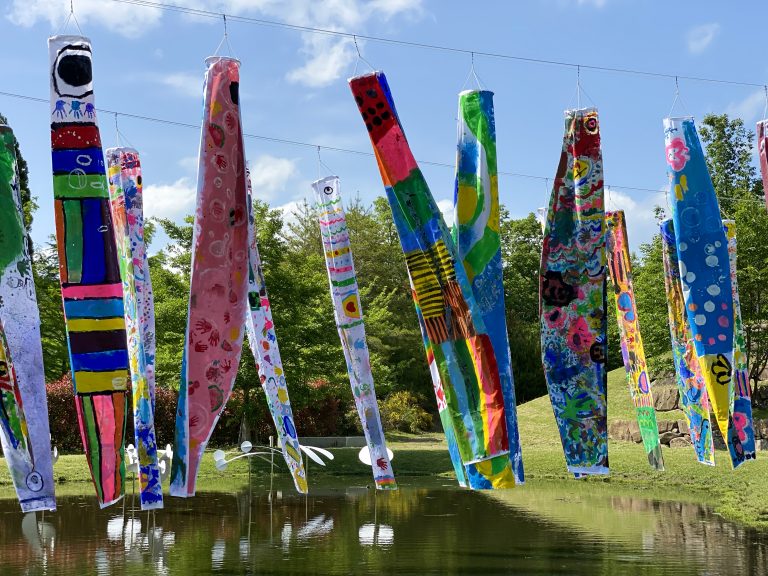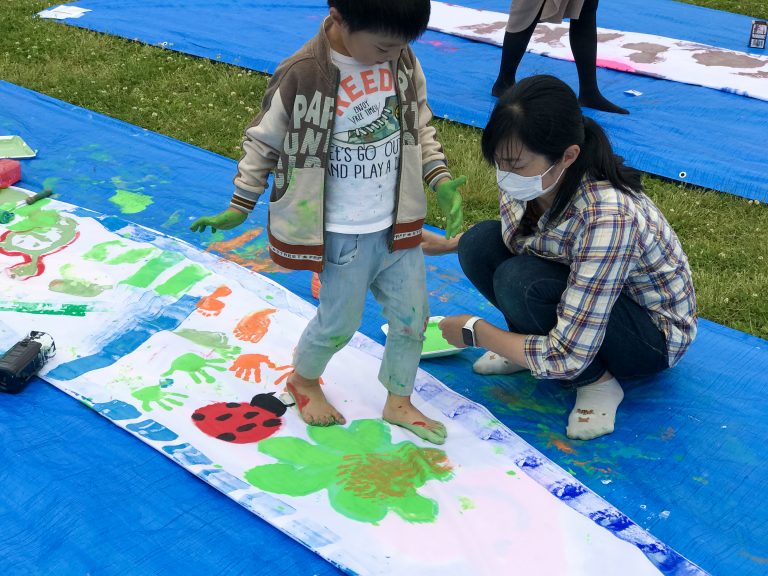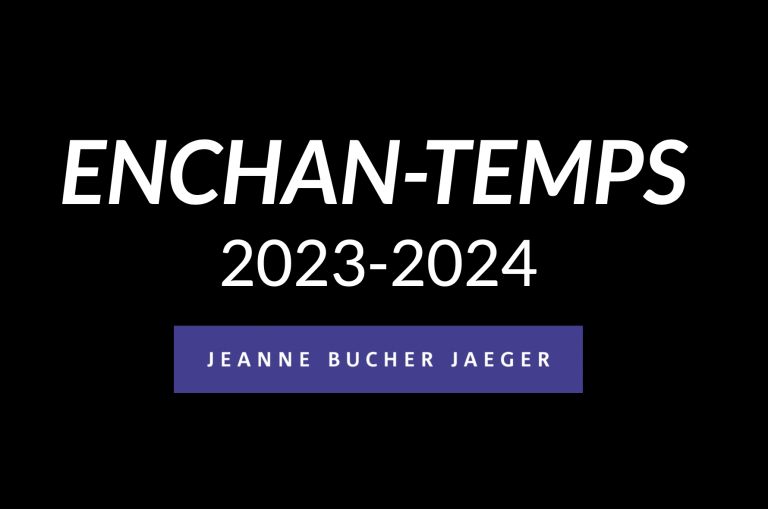02.03.2024 — 13.07.2024
Enchan-Temps : Le Souffle d’Ici – L’Eau de là [The Breath of Here – The Water Beyond]
Susumu Shingu
Marais Space — Paris
Past
© Hervé Abbadie, Courtesy Jeanne Bucher Jaeger, Paris-Lisbonne
© Hervé Abbadie, Courtesy Jeanne Bucher Jaeger, Paris-Lisbonne
© Hervé Abbadie, Courtesy Jeanne Bucher Jaeger, Paris-Lisbonne
© Hervé Abbadie, Courtesy Jeanne Bucher Jaeger, Paris-Lisbonne
© Hervé Abbadie, Courtesy Jeanne Bucher Jaeger, Paris-Lisbonne
© Hervé Abbadie, Courtesy Jeanne Bucher Jaeger, Paris-Lisbonne
© Hervé Abbadie, Courtesy Jeanne Bucher Jaeger, Paris-Lisbonne
© Hervé Abbadie, Courtesy Jeanne Bucher Jaeger, Paris-Lisbonne
© Hervé Abbadie, Courtesy Jeanne Bucher Jaeger, Paris-Lisbonne
© Hervé Abbadie, Courtesy Jeanne Bucher Jaeger, Paris-Lisbonne
© Hervé Abbadie, Courtesy Jeanne Bucher Jaeger, Paris-Lisbonne
© Hervé Abbadie, Courtesy Jeanne Bucher Jaeger, Paris-Lisbonne
© Hervé Abbadie, Courtesy Jeanne Bucher Jaeger, Paris-Lisbonne
© Hervé Abbadie, Courtesy Jeanne Bucher Jaeger, Paris-Lisbonne
© Hervé Abbadie, Courtesy Jeanne Bucher Jaeger, Paris-Lisbonne
© Hervé Abbadie, Courtesy Jeanne Bucher Jaeger, Paris-Lisbonne
Aono Dam Park, Sanda, Japan
©️ Yoshiyuki Ikuhara
Domaine National de Chambord, France
Photograph by Georges Poncet
Domaine National de Chambord, France
Photograph by Georges Poncet
12 monumental sculptures by the artist
Arimafuji Park, Sanda, Hyogo Prefecture, Japan
All rights reserved
Arimafuji Park, Sanda, Hyogo Prefecture, Japan
All rights reserved
All rights reserved
Photograph by Georges Poncet
Mudam, Luxembourg
Photograph by Georges Poncet
Mudam, Luxembourg
Photograph by Georges Poncet
565 Broome St—designed by Renzo Piano— Soho, New York City
All rights reserved
Mudam, Luxembourg
Photograph by Georges Poncet
Mudam, Luxembourg
Photograph by Georges Poncet
Mudam, Luxembourg
Photograph by Georges Poncet
©️Yumi Shingu
Photograph by Shunji Ishida (RPBW) - Fondation Renzo Piano
©️Yumi Shingu
©️Yumi Shingu
© D.R
© D.R
© D.R
© D.R
© D.R
In his own way, Shingu is revisiting the quest for perpetual motion, through the laws of weights and counterweights driven by the wind. His obsession with perpetual motion, intimately linked to the flows with which he works (air, water), is recorded on numerous pages of his notebooks, which combine sketches and notes, and inevitably echoes that which haunts many of the pages of Leonardo da Vinci’s codices – the same fascination with natural flows, analogous inventions of rigorous mechanisms for the machines he imagined, similar research into screws, ellipses and other gyrating figures capable of launching or receiving an initial movement, of setting in motion the great machine of the world, the universal engine that never stops. Shingu has clearly benefited from Newton’s discoveries; he is familiar with Foucault’s pendulum; and he has even learned from decisive advances in atomic physics; the fact remains that his dream doesn’t ask for much, or for much more: like Leonardo, he maintains a childlike attention to the world, the curiosity needed for all small revelations, and from there, invents something inestimable. Like the flight of a bird or that of a sculpture fastened to the ground that makes gravity seem weightless. Because that’s exactly what his wind machines do: they exist precisely at the intersection of weight and evaporation, falling and balance, predation and evasion (…)
– Yannick Mercoyrol, “Comme des pales de douceur. Susumu Shingu,” in INTENSITES, 12 artistes aujourd’hui, Editions l’Atelier contemporain, February 2023
Susumu Shingu’s exhibition Le Souffle d’Ici – L’Eau de là [The Breath of Here – The Water Beyond] is the third in an exhibition cycle entitled ENCHAN-TEMPS, presented in 2023 and 2024. They reflect the gallery’s commitment to artists who are part of a certain ‘artistic renaissance’ and whose work deeply reveals universal, social, environmental and peaceable values. Artists who create along with the site, with the environment and the elements, while at the same time integrating the human element, history, memory, the passing of the seasons and the present day… Their work follows in the footsteps of artists such as Giacometti, Brancusi, Noguchi and Klee, some of whom were supported by the gallery from the beginning.
A painter, sculptor, researcher and philosopher of nature, Susumu Shingu is today considered one of the most important artists on the contemporary Japanese scene; over the last 40 years, his often monumental sculptures of water and wind have been installed all over the world.
Originally trained as a painter in Japan, Susumu Shingu went to Rome in the early 1960s, fascinated by Renaissance art, and in particular by Piero della Francesca and Leonardo da Vinci, and by the multidisciplinary nature of these polymath artists, who were painters, sculptors, architects, scientists and engineers… Three-dimensionality was revealed to him by a happy coincidence: while he was hanging one of his paintings from a tree to photograph it, a gentle breeze began to animate it. From then on, natural energy sources (the wind, water, light, gravity), their beauty and unpredictability, would be at the heart of his creative process.
Thanks to a series of decisive encounters, Susumu Shingu gradually developed his sculptural vocabulary, imbued with poetry and technicality, contemplation and humanism. Striving for ever greater lightness and harmony with nature, the artist develops his materials over time. Marvelling at the infinite variation of natural forms, Susumu Shingu has never ceased to gather precious lessons from them, attempting to give form to the elusive, to the depth and fleeting nature of the universal breath.
The natural world around me is a constant source of inspiration in all its varied movements, and I still draw on it today for ever new principles. The more I observe nature, the greater my joy, and when the finished work comes to life, connected to the energies of nature, I see it as the birth of new life, and it is then that my joy reaches its fullness. This Earth – our planet – is for me a home full of mysterious charms where I find inexhaustible treasures for my creation.
– Susumu Shingu
La Caravane du Vent, created in 2000, took 21 sculptures to 6 places around the world, chosen by the artist for their emblematic winds, extreme climates, unspoilt nature and unspoilt populations: the rice fields of Sanda in Japan (June 2000), the uninhabited island of Motukorea in New Zealand (November 2000), the rocky desert of Tamdaght in Morocco (April 2001), the green steppe of Undur Dov in Mongolia (June 2001), and the dunes of Cumbuco in Brazil (November 2001). During this year-long journey, the artist and his wife explored the planet among the Maoris, the Mongols, the Sami, the Berbers…
In 2006, the gallery dedicated its first exhibition to the artist, Sculptures du respir, followed in 2009 by Planet of Wind and Water, in which the artist presented a model of his project Breathing Earth, a self-sufficient village powered by the natural energies of wind, water and sun; a place of inspiration, exchange and creation for artists, scientists and children… This project was the subject of the film Breathing Earth – Susumu Shingu’s Dream, by director Thomas Riedelsheimer, whom first came to the gallery in 2006.
Whether intended for interior or exterior spaces, Susumu Shingu’s work it is at once profoundly terrestrial and human, as well as in constant rotation in the Void, like an unfolding Galaxy. Earthly, because of the variety of shapes, colours and movements that characterise them and in which our planet abounds; human, because of the particular charm that they embody, giving each of them a specific android character. Galactic, because their grace and slow, precise movement play with the orbits of air, water and light, giving us a sense of the infinitesimal measure of Space-Time. Playing with gravity and driven by the breath of the elements that provide their choreography, these sculptures unfold in perfect balance and osmosis between Matter and Void, like technological spaceships seeking to enter into a profound dialogue with Mother Nature.
– Véronique Jaeger, Vaisseaux terrestres, in the exhibition catalogue for Spaceship by Susumu Shingu, Mudam Luxembourg, 2018-2019
Following on from the 2012 exhibition Au-delà du Temps at the gallery and as part of the FIAC Hors les Murs programme, his work Sinfonietta of Light, an aerial ballet of ten pairs of wings animated by water and wind, was installed in the large octagonal basin of the Jardin des Tuileries in Paris. In 2014, his Wind Museum was inaugurated in Sanda’s Arimafuji Park in Japan, a true natural setting where the artist lives and works, between Osaka, Kobe, and Kyoto. Twelve of his sculptures are installed there, including the emblematic Satoyama windmill sculpture. In 2018, the Cosmos exhibition was held at the gallery in conjunction with the exhibition Spaceship at Mudam Luxembourg, which honoured this world-renowned artist with his first exhibition in Europe featuring some fifteen works, including La Caravane du Vent.
In 2019, to mark the 500th anniversary of Leonardo da Vinci’s death and the start of construction of the Chambord castle, a major exhibition initiated by the gallery was devoted to him at the Domaine national de Chambord: Susumu Shingu, une utopie pour aujourd’hui.
Chambord is not only made of stone, but it is also of air. The stone breathes and is reflected in the water. Everything is still except for the reflections. And then Shingu creates movement. With his sculptures in water and wind as mysterious and light as the silhouette of the castle.
– Renzo Piano
The ecological dimension of his creations finds a perfect echo in an area entirely dedicated to nature; like Da Vinci, Susumu Shingu is inspired by the question of flow and perpetual movement. He makes numerous preparatory drawings and sketches. Like those of the Florentine master, they show a great attention to detail, to form and material, and an essential dreamlike dimension. The exhibition also includes Susumu Shingu’s most important work: Atelier Earth, a model of the utopian village he designed, powered by natural energy. An artistic and cultural centre, this village is designed in part for children, allowing them to discover art through their five senses. “A place where we can reflect on the future of the Earth, in collaboration with artists, musicians, writers, academics, philosophers, engineers and scientists from all over the world,” writes Shingu. This dream project, which the artist has been developing for years, will be inaugurated in 2024-2025 in Arimafuji Park, which already houses his Wind Museum.
Susumu Shingu doesn’t limit himself to a single field of artistic expression, he also explores the world of theatrical creation: in the 90s, he wrote and directed a theatre piece, Kippis and his friends, which takes place around his Water Tree. The play tells the story of extraterrestrials who discover Earth and question the meaning of human presence. The artist is also known for his many works for children, published by Gallimard Jeunesse. Reflecting deep inspirations found in nature, these books, sometimes created in the voice of his puppet alter ego, Sandalino, are veritable invitations to travel.
Shingu’s artistic career has been marked by frequent collaborations with renowned designers such as Issey Miyake, Jiří Kylián, Tadao Ando and, above all, Renzo Piano. Over time, a true creative complicity has developed between the two artists: in 2016, three sculptures by Susumu Shingu were installed at the Stavros Niarchos Foundation Cultural Centre in Athens, designed by Renzo Piano. In October 2021, the architect inaugurated a residential tower with panoramic views overlooking the Hudson River in the Soho district of New York with a new sculpture by Susumu Shingu, Rainbow Leaves, marking the tenth collaboration between the two. From July to September 2023, the Nakanoshima Art Museum in Osaka paid tribute to the dialogue and friendship between the two artists with an exhibition entitled Parallel Lives.
For this exhibition, his fifth at the gallery and his first in France since 2019, Shingu presents four new sculptures. Reflection of Rainbow is undoubtedly the most spectacular: like his large-scale water sculptures, this work is animated by a perpetual movement arranged by the multiple spillages of liquid that set the elements of the sculpture in motion, in a mechanism that is as precise as it is fluid. This consummate art of combining engineering technique with artistic imagination is reflected in the aerial movements of La Pace, which continues to glorify the luminous face of a world that despite everything, is serene and at peace. For Shingu’s creations neither weigh nor pose, like a bird’s wing evoked in another wind sculpture, Catch and Run, while the Japanese master’s most recent work, Menuet, reminds us that flight is undoubtedly the state closest to dance, and to music… These four new sculptures resonate in the exhibition with a group of older works that are characteristic of the artist’s subtle art: white or yellow aerial effusions, or Petit Bois, made up of graceful stems that sway slightly in the slightest breeze. The exhibition will also be accompanied by drawings, sketches, and studies that illustrate Shingu’s creative process and his unique way of deploying the two-dimensionality of his sketches in space.










































